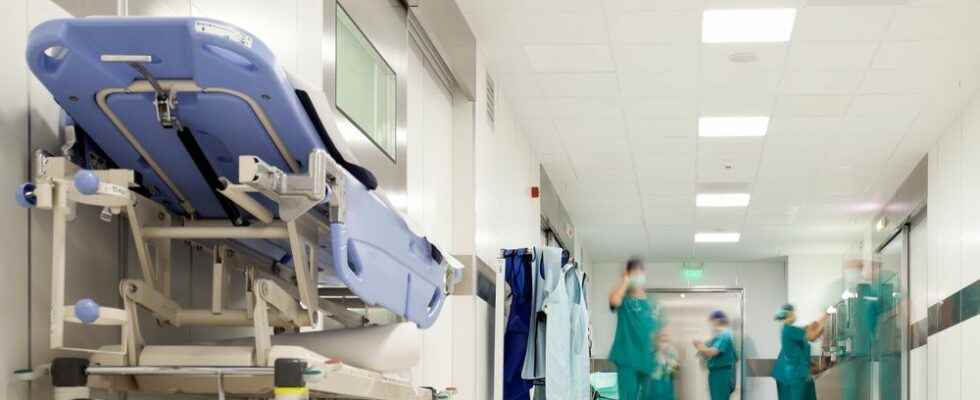Sharon Bouffard says she sees burnout among her nursing colleagues every day.

Sharon Bouffard says she sees burnout among her nursing colleagues every day.
“There are some floors, some areas that are working short-staffed every day,” said the emergency department registered nurse at Bluewater Health, and Registered Nurses Association of Ontario (RNAO) Lambton chapter president.
Sarnia hasn’t seen the same mass exodus of nurses from the profession in Ontario as other corners, said Rachel Elliott, RNAO’s region one board representative, and former nursing educator at Lambton College.
“I think because we’re a smaller community we do have buffers,” she said, noting the emergency department is usually well staffed.
“But our small community is going to suffer what is going on provincially soon if things don’t change,” she said.
Elliott, who started teaching this year at the University of Windsor, said she was shocked at how many students from there are taking jobs across the border.
“Because they can get paid so much more and they get signing bonuses and the work-patient ratios are much more sustainable.”
When teaching in Sarnia, some of her students would always head to the United States for jobs, she said.
“But in the last two years it has grown substantially.”
Bouffard and Elliott were among a group of the local’s 400 nurse, nurse practitioner and student members who participated in a virtual event with RNAO CEO Dr. Doris Grinspun this week, as part of the association’s annual fall tour.
Similar to 2021main issues include pushing against provincial legislation that limits wage increases for nurses, and calling for more nursing jobs so nurses aren’t spread as thin, the duo said.
“The RNAO actually conducted a study saying that 75 per cent of Canadian nurses can actually be classified as burnt out, and 69 per cent of nurses actually plan on leaving the profession in the next five years,” said Bouffard.
“To me, that’s a huge number.”
What’s happening is new students to the profession aren’t getting the on-the-job support they need to fill the gaps, Elliott said.
“They’re increasing numbers in nursing school seats, but they’re not necessarily ensuring we have safe ratios and that people aren’t burned out,” she said.
The mentoring that still exists also suffers amid burnout, Bouffard said.
“The burnout rate tended to affect the youngest nurses or the newer graduate nurses, whereas the more experienced nurses just left the profession or retired,” Elliott said.
More internationally educated nurses have also been arriving to try and fill the gaps, she noted.
She and Bouffard worked at Bluewater Health during the early months of the COVID-19 pandemic.
“Nurses, what they have done and what they are continuing to do during the pandemic to care for their communities is heroic,” Elliott said.
“But nurses aren’t heroes. We’re science-based, educated healthcare providers and there’s only so much that people can take.”
